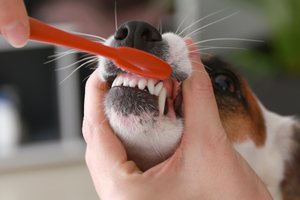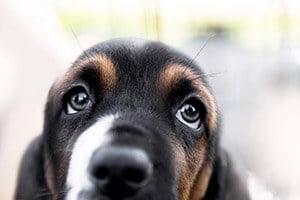It’s believed that the domestication of the dog may have occurred at the same time as the split. American academics Dr Brian Hare, director of the Duke Canine Cognition Center, and Vanessa Woods, a research scientist at Duke University, believe that rather than following Darwin’s ‘survival of the fittest’ instinct to stay alive and evolve, wolves and early dogs instead followed a ‘survival of the friendliest’ instinct.
In an adaptation of their book, The Genius of Dogs, published in the National Geographic, the pair say: “Most likely, it was wolves that approached us, not the other way around, probably while they were scavenging around garbage dumps on the edge of human settlements. The wolves that were bold but aggressive would have been killed by humans, and so only the ones that were bold and friendly would have been tolerated.”
These wolves and wild dogs would eventually become tame and trained for hunting, guarding and eventually companionship. As time wore on, the domestication progress would mark out these dogs from their wolf brothers and sisters in ever more distinct ways.
‘Friendliness caused strange things to happen in the wolves,’ Hare and Woods say. ‘They started to look different. Domestication gave them splotchy coats, floppy ears, wagging tails. In only several generations, these friendly wolves would have become very distinctive from their more aggressive relatives.’
The general scientific consensus is that the domestication of the dog dates back to before the founding of human agriculture (11,000 years ago) by at least a few thousand years. The domestication of the dog at this time is also supported by the fact that humans were hunter-gatherers.
If an animal was to keep up with humans during this time, it would need to be able to survive on meat, be able to hunt and be capable of travelling large distances. For these reasons, it’s easy to see why the dog was one of the first animals domesticated by humans.





